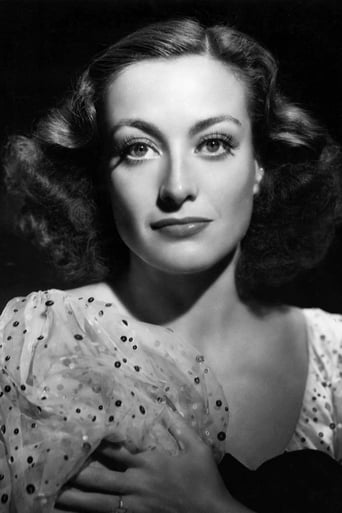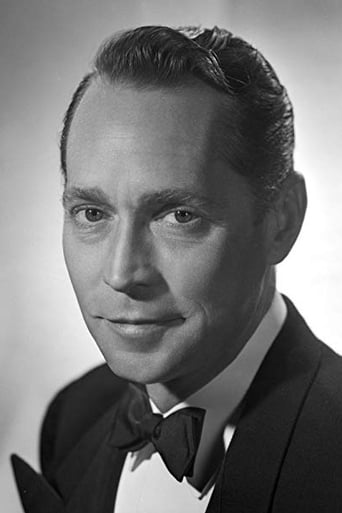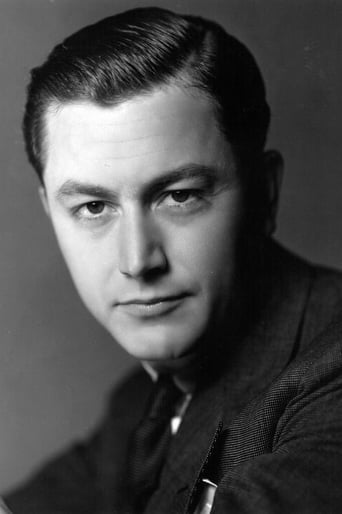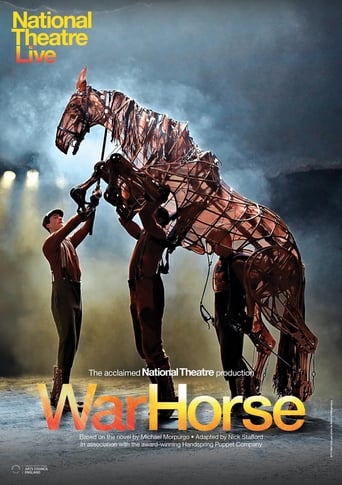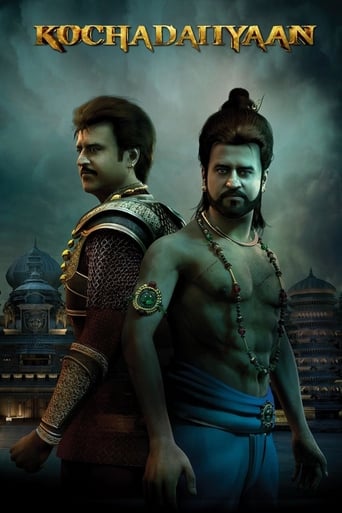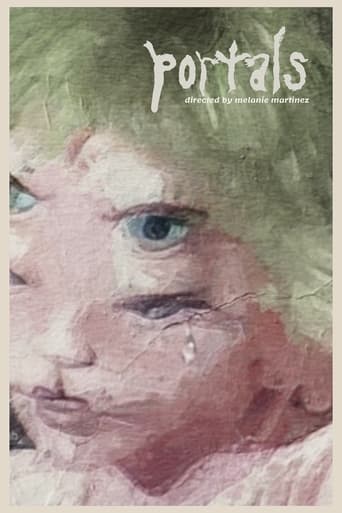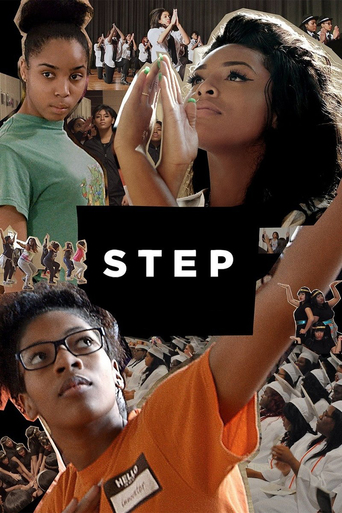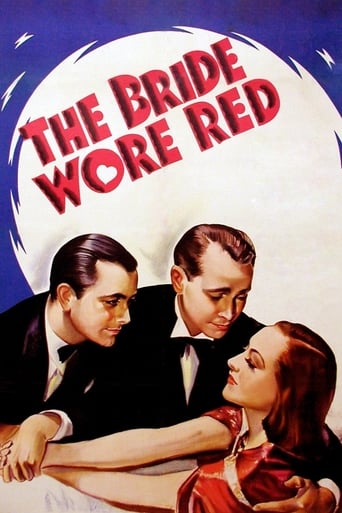
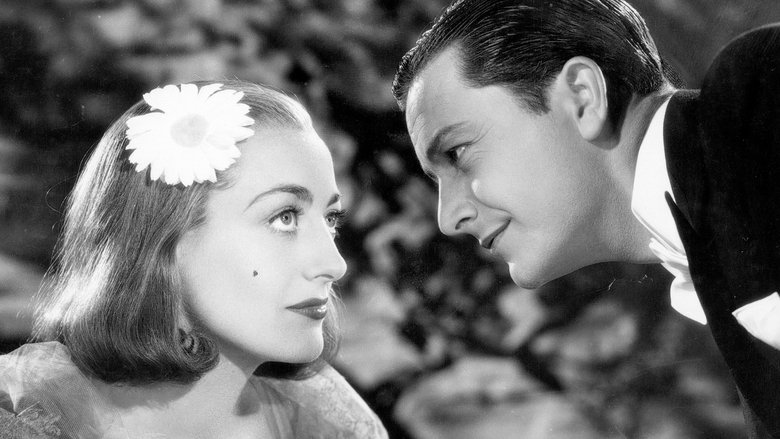
The Bride Wore Red (1937)
A poor singer in a bar masquerades as a rich society woman thanks to a rich benefactor.
Watch Trailer
Cast
Similar titles
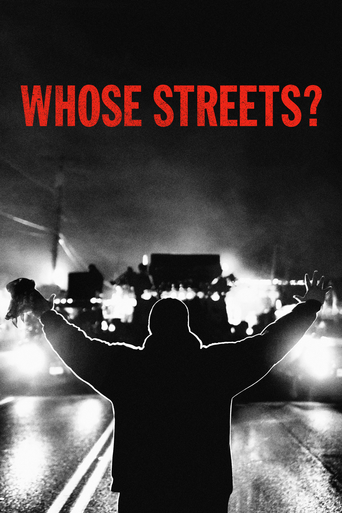
Reviews
Good movie but grossly overrated
if their story seems completely bonkers, almost like a feverish work of fiction, you ain't heard nothing yet.
Blistering performances.
It's the kind of movie you'll want to see a second time with someone who hasn't seen it yet, to remember what it was like to watch it for the first time.
Joan Crawford stars in "The Bride Wore Red," a 1937 MGM film based on the play by Ferenc Molnar. Here, it's directed by Dorothy Arzner. Arzner was a fascinating woman - a female director amid a sea of men - very much ahead of her time in her dress, profession, and lifestyle, and highly intelligent. Was she a great director? Hard for me to say. I don't think she always got the best scripts. And in Crawford, she had a headstrong star as well.The story concerns a poor girl, Anni (Crawford) who sings in a sleazy café (read: with prostitution as a sideline)in the red light district of Trieste. A count she meets believes that the only thing separating the rich from the poor is money - it's not class, it's not breeding, it's not education. To make his point, he sends Anni to a fabulous resort with beautiful new clothes for two weeks. Anni meets Rudi (Robert Young), from an excellent and wealthy family, but he's engaged. With time short, Anni decides that it's Rudi she wants, and is determined to stick it out as long as necessary to get him. But it's not only a lack of funds and Rudi's fiancé standing in her way - it's also the postman, Giulio (Franchot Tone).Crawford is beautiful, and this was the type of role she played continuously in the 1930s with great success. Tone, Young, and Billie Burke give her good support.What is this business with the "no European accents" that someone mentioned? Actors do not use European accents when portraying foreigners in their own country or a nearby country. The characters aren't speaking English with a foreign accent in Poland, Switzerland, or Italy. They're speaking another language. If accents were necessary, all Chekov plays would be done with Russian accents. They aren't.I thought for what this was, the film took a little too long to make its point and was a bit slow in spots. It's not the best Crawford film, but she gives a strong performance as a willful woman determined to marry money. As for Arzner's direction, apparently she couldn't get anywhere with Crawford, so I'll withhold judgment.
Beautifully filmed and decorated, "The Bride Wore Red" makes a very pleasant and entertaining Joan Crawford vehicle from MGM and director Dorothy Arzner. It was based on an unproduced drama from Austrian playwright Ferenc Molnár, and it is kind of a reworking of the fairytale of Cinderella. This adaptation has decidedly toned down Molnár's story, converting Crawford's main character from a prostitute to a singer employed in a sleazy cabaret.First and foremost, I'd like to note that Joan Crawford looks stunning in this movie, sporting a modified pageboy hairstyle, shoulder length and combed back without bangs and somewhat lighter in tone than usual. The style really exposes her aristocratic forehead to good advantage and frames her face perfectly. Her makeup is also certainly impeccable, and the beautiful costumes she wears suit her perfectly, and she can wear them like no other. Youthful, feminine and vivacious, Joan Crawford really lights up the screen in a manner very different from what today's viewer might expect.An opening sequence at a gambling casino establishes the fact that a bored and decadent Count (the verbose George Zucco) believes that class differences are irrelevant and that clothes and surroundings make the person, and callow socialite (Robert Young, in the second of his four outing with Crawford) favors the theory that "breeding is everything." On a whim, they patronize the sleaziest music hall in Trieste, and after Young's exit, the Count stays to watch the floor show, and works up a plan.Enter Joan Crawford as a nightclub singer who offers up a turgid ballad. The Count requests to meet the singer and he drunkenly asks to set her up with a full wardrobe for two weeks in a swanky Bavarian hotel, as part of a plan to personally prove to Young his theory that class doesn't matter. Since Crawford is struggling to put food on the table, she eagerly agrees to go along with Zucco's devious plan.A romantic dilemma unfolds, as Crawford meets two very different young men -- Robert Young as the wealthy but engaged socialite, and Franchot Tone as a poor, but fun-loving local postman. It falls upon the wise cracking Tone to escort Crawford in a mule wagon to the remote hotel where she is to stay, since his little cousin -- the adorable Dickie Moore -- failed to deliver her telegram to the hotel's concierge.After she is ensconced in a ritzy hotel suite, Crawford discovers, by one of those standard Hollywood coincidences, that the hotel maid assigned to her room is a former coworker of hers from the cabaret, who left that lifestyle after having a good hard look at herself and realizing that makeup would no longer cover the lines on her face. Played by Mary Phillips -- this character serves both as Crawford's conscience and subconscious, sometimes egging her on, and at other times, warning her off. The two seem to share a strong bond, although Crawford at times gets fairly angry with Phillips, and that leads to a few stand-offs that are quite entertaining.Complicating Crawford's stay at the hotel are socialites Billie Burke, Reginald Owen and stunning Lynne Carver, who plays Robert Young's charming fiancée. The amazing Billie Burke is actually "cast against type" here, and plays a shrewd and sharp-tongued Countessa, who has her doubts about Crawford's background and inquires into her past. Burke appears as a mother figure to Carver, and attempts to protect the relationship between Young and his fiancée, and is determined to sabotage the attraction that springs up between Crawford and Young.The movie effortlessly alternates scenes of Joan Crawford with either of her male costars in a brisk pace that keeps the proceedings lively. Both romances appear plausible, and some neatly clever foreshadowing is expertly inserted throughout. Watch for the countryside scene where Crawford playfully sticks her face into a mountain stream, and Young's reaction to the sight. It's a real highlight and director Arzner makes it both nicely subtle and affecting.And one more minor detail I'd like to point out regards how this movie, like other classic movies, deals with tying up all the loose ends of the plot. At the climax, after the Count's telegram had been delivered to the Countessa, Crawford's character makes her goodbyes to all the socialites. She bids farewell to Young, and then Reginald Owen, and then says to Billie Burke, her nemesis in the film, "Goodbye, Countessa. You're very smart, but please remember that I'm smart too." The Countessa remains unmoved by her remarks, and sits in silence. Crawford then moves on to Lynne Carver, and warmly tells her that she hopes that she'll be happy in the future. Crawford tells Carver that she admires and respects her, and Carver accepts her apology. Upon hearing this, Billie Burke, the Contessa's facial expression quickly softens and she smiles at Crawford, as if she has now forgiven her her transgressions, since Crawford had given Carver her due. It was such a nice touch, as if to imply that the Countess held no ill will towards Crawford, without a line of dialog being spoken.There's plenty of delightful little cameo appearances too, like Frank Puglia as a sympathetic head waiter with a secret, lovely Ann Rutherford as a jilted peasant girl and Charles Judels as the shifty proprietor of the disreputable cabaret. It's all filmed in the glossy Metro-Goldwyn-Mayer style, with attention paid to every detail of lighting, art direction and cinematography. The ending may perhaps be a little too easily resolved, but "The Bride Wore Red" still wears well today.
If this were the typical Cinderella tale, Anni (Joan Crawford), a beautiful but hardened prostitute from Trieste, would have been whisked away to the wealthy vacation resort with clothes and money to spare, and some rich and dashing prince in shining armor would have fallen in love and married her (social class issues notwithstanding). MGM tries their very best to make the film appear to be a Cinderella story of that sort, but I am not unhappy they failed.The story does not turn out that way at all. We have Anni, given such a stellar characterization by Crawford (so perfect as hardened women who seek, but have been constantly been denied, love, in a quintessential role for her), but she is not simply a poor girl from the wrong side of the tracks. She is a prostitute in a dingy bar. We can see from the very first closeup that she is completely hopeless and disillusioned. Crawford's expression as she sings "Who Wants Love?" (an appropriately and brilliantly cynical love ballad which sets the tone for the film) is so brilliant, evocative, and controlled; the work of a great actress, indeed.A very wealthy count discovers her and sets her up for a stay in a resort for other wealthy people, where she can pose as an heiress and possibly attract a man. The catch here is the count is not motivated by altruism; he simply wants to satisfy a bet with a friend that social class has nothing to do with breeding, but just luck. Although he is probably right, there is something unkind about the way he treats the girl. Although at first it seems a kind thing to do (and if this was the Cinderella story it would be), this is not a fantasy but the real world, and in the real world dreams can be broken..The theme of the film is that of dreams being broken. Anni dreams of finding love, wealth, happiness, but eventually she learns no amount of posing or pretending or scheming can get her those things. The rich man she tries to snare turns out to be a cad, only interested in her as a mistress and not as a wife. Another dream is broken.. In the end, although in keeping with the Cinderella aspect of the story it appears she has fallen in love with the postal delivery man, it's obvious she has settled. She has thrown the childhood hopes to the wind, and is ready to accept love in practical terms. And when she settles, we know the biggest dream of all has broken, and Crawford, great actress that she was, shows us her heartbreak by registering extremely subtle emotions in her face, through her walk, and mannerisms.A remarkable film. An undiscovered masterpiece; perhaps Dorothy Arzner's best work.
Crawford in this 1937 MGM "women's picture," plays a middle-class cabaret dancer who poses as a rich society girl as a prank to secretly snag a wealthy husband. What a plot!!! There are some beautiful settings (obviously fake) and the black-and-white photography could never be better.
